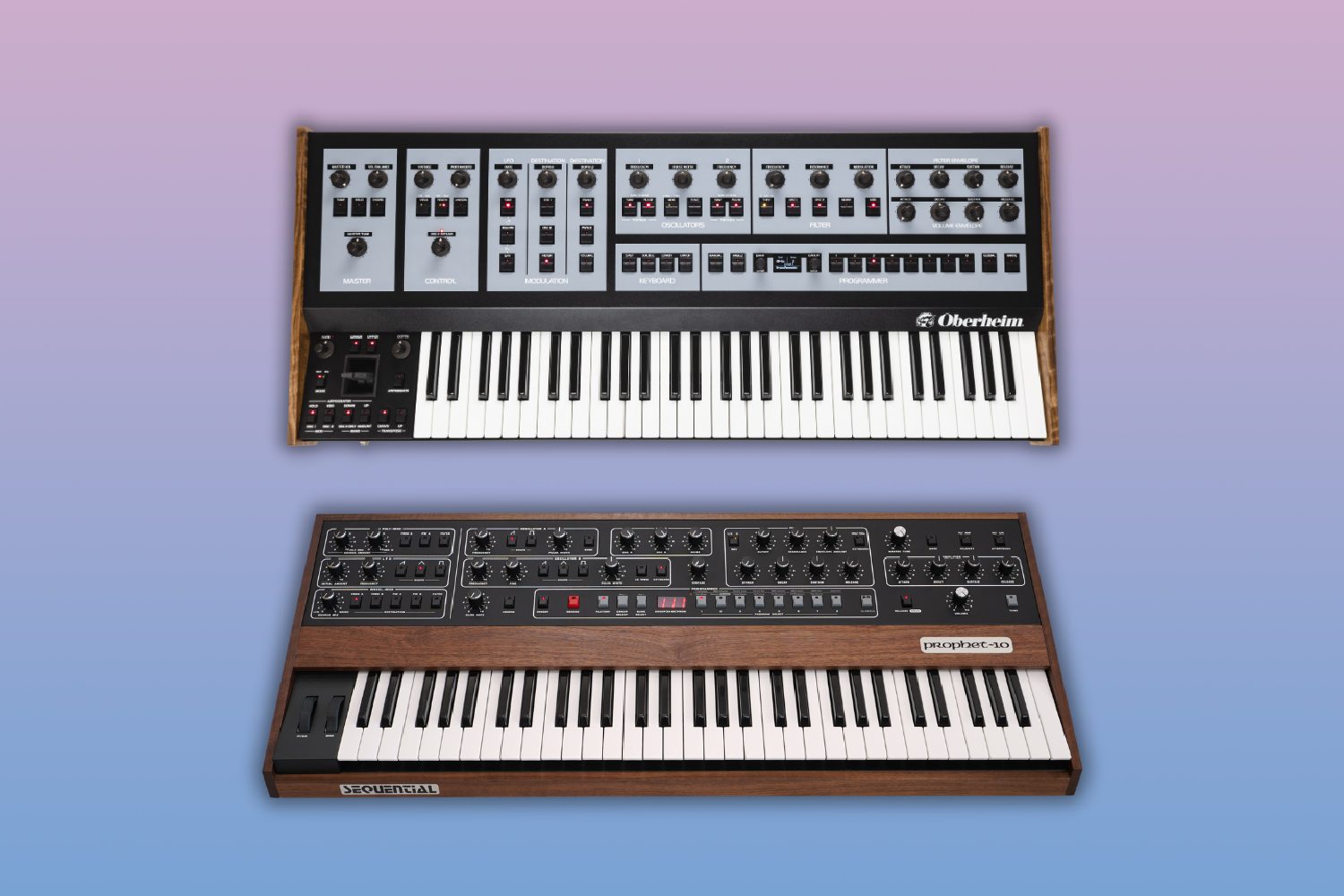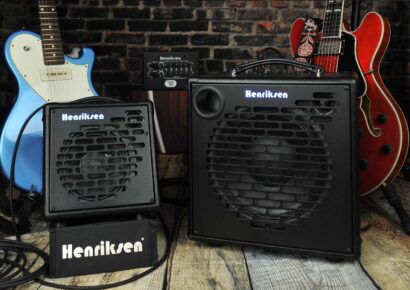In many instances, Oberheim’s instruments seem to reflect the reverence and historical importance of Sequential’s instruments.
Many were shocked at the passing of musical icon Dave Smith last year, who was the founder of Sequential Circuits. An outpouring of tributes and sadness from musicians and sound enthusiasts the world over felt justified in paying homage to his legacy.
A pioneer of synthesis in the truest sense, Dave Smith created the world’s first fully programmable poly synth, the legendary Prophet 5, which earned such rapid and wide global renown amongst musicians, that it was embraced in every genre and set the standard for programmable analog synthesis.
Such was the sweeping power and dynamic capability of his work and instruments, that he changed the course and sound of music forever. Smith was also the co-inventor of MIDI. Few people have had as much of an impact on the world of music as he did. One of them, however, is his long-time friend Tom Oberheim. Oberheim created the world’s first programmable mono synth, the OB-1, the first ever sequencer, the DS-2, as well as the classic SEM (Synthesizer Expander Module) and the DMX drum machine, which would in itself play an integral role in revolutionising early hip-hop. Tom Oberheim too, interestingly, also played a key role in the creation of MIDI.
Read up on all the latest features and columns here.
These examples represent just a small fraction of both Oberheim’s and Smith’s work and their technological innovation, but there is a similar story that is threaded throughout their entire catalog of creations: that their instruments often went fundamentally further than their competitors in the space, going on to become staples of production on many hit records across an array of genres.
It’s undeniable that the creations of Oberheim and Sequential began to shape the way artists, producers and listeners thought about music going into the synth-laden 80’s and the 90’s. The subsequent introduction of acid-house and techno music to the mainstream was, for example, guided and influenced by these synths, sequencers and modules. The point remains, that in many instances, Oberheim’s instruments seem to reflect the reverence and historical importance of Sequential’s instruments.
It seems only fitting, then, that Oberheim and Sequential now work together in partnership, both operations and production. This is in part thanks to both companies having been acquired by parent company Focusrite over the last two years, as well as thanks to the friendly relationship maintained between Smith and Oberheim over the course of their lives.
What this means, is that there is now a new generation of products on offer from Oberheim and Sequential. In the case of Oberheim, the company has returned with the OB-X8, their flagship synthesizer that pays homage to the renowned and beautifully analog sounds of its predecessors, all the while taking advantage of the most critical advancements in audio technology, programmability and usability to deliver a product that has reawakened Oberheim, while also reimagining the kind of power that a synthesizer can deliver.
The synth delivers a seamless sound designing experience, allowing the user access to all the synths’ parameters, for the easy creation of unique and precise sounds. The OB-X8 also comes in a standalone desktop module, for those looking for the exact same synth engine in a more compact and portable package.
Sequential, on the other hand, offer the official rerelease of the all-analog monster, the Prophet 10 as their flagship product, which Dave Smith once described as ‘the best of all Prophets’, because it embodies all three revisions of the celebrated Prophet 5. The re-released Prophet 10 comes with a Rev switch, which adjusts the synth’s filter envelope shape and response to replicate those on the original Prophet Rev 1, Rev 2 or Rev 3. The result is a muscular, authentic sound that embellishes that of the original Prophet’s, while emphasis has been placed on the instrument’s roadworthiness, allowing for greater ease-of-mind when traveling or touring with a state-of-the-art synthesizer. Simply put, it’s a pure analog dream.
Sequential have also rather wisely delivered a compact product at a great price to appeal to the ever-growing market of analog home studio aficionados. The Take 5 is Sequential’s smallest fully functional analog synth at just 26 inches stacked with everything you would expect from a Sequential instrument: smooth, warm and punchy sounds that sit perfectly in a mix or on stage. For its small size, however, it’s equally as packed with features as its larger counterparts. The Take 5’s key-split feature gives access to split the 44-key keyboard into two performance zones, while the synth engine is fully shapeable and immediately customisable. The Take 5 represents Sequential offering a product that more people can afford, with zero corners cut to deliver an outstanding instrument.
Oberheim and Sequential instruments are sonically rich in analog character and provide a depth in their sound that is very, very difficult to replicate. These are synthesizers that present endless possibilities in programmability, in music production or sound design or film-scoring. For those who haven’t had the fortune of playing them, take yourself to a good music store and kindly ask to try one out. What’s perhaps most important about Oberheim and Sequential is that they sound beautiful. Really beautiful. I couldn’t let this article pass me by without offering two personal anecdotes that are both hand-on-heart true:
That the best sub bass sound I have ever heard came from an OB-1, when I was lucky enough to use one, and that the best pad sound I have ever heard was from a Prophet 5. It was a dreamy, deep sound that felt like a cloud with a gentle, faint saw sound buzzing through and around it. Again, when I was lucky enough to use one. With the reawakening of both companies in full swing, I’m certain it won’t be too long until I’m lucky enough to use a Sequential or Oberheim synth again.
For more information, head to Oberheim and Sequential.

